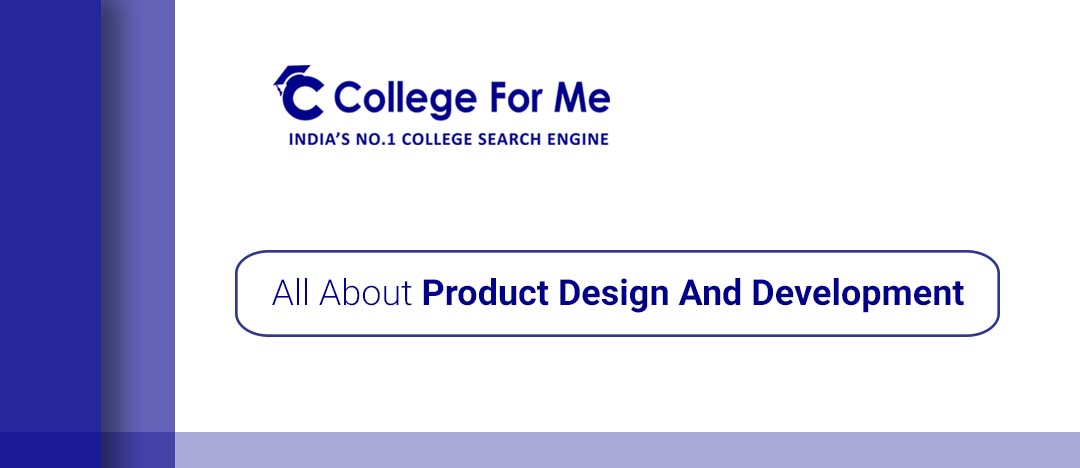Career Scopes Of A B.Tech. Student
There is a high demand for B.Tech. degree holders in the private sector, yet, there is also the opti...

Product design and development is a crucial aspect of any industry, and India has emerged as a hub for innovation and technology in recent years. With a vast pool of talented engineers, designers, and entrepreneurs, India is rapidly becoming a hotbed for product development.
In this article, we will explore all about product design and development in India.
What is Product Design and Development?
Product design and development refer to the process of creating a new product from scratch or enhancing an existing product to meet the changing needs of the market. It involves several stages, including ideation, design, prototyping, testing, and production. The ultimate goal of product design and development is to create a product that satisfies the customers' needs, is commercially viable, and provides a competitive edge to the company.
● Product Design and Development Process in India
The product design and development process in India are similar to other countries, but there are some unique features due to the country's socio-economic context.
Here is a brief overview of the product design and development process in India.
This is the first stage of the product design and development process. It involves brainstorming, researching, and identifying potential product ideas. Indian entrepreneurs often draw inspiration from the country's diverse culture, traditional practices, and emerging trends.
Once the product idea is finalized, the design phase begins. Indian companies use advanced design software and tools to create product designs that are user-friendly, aesthetically pleasing, and functional.
After the design is finalized, the next step is to create a prototype. Indian companies use 3D printing, CNC machining, and other advanced technologies to create prototypes quickly and cost-effectively.
The prototype is tested rigorously to ensure that it meets the desired specifications and quality standards. Indian companies use a combination of in-house testing and third-party testing to verify the product's performance, safety, and reliability.
Once the product design and testing are completed, the final step is to manufacture the product. Indian companies use state-of-the-art manufacturing facilities and supply chain management to produce high-quality products at competitive prices.
● Product Design and Development Trends in India
India's product design and development industry are witnessing several trends that are shaping the future of innovation and technology. Some of the key trends are:
Indian companies are embracing digital technologies such as Artificial Intelligence, IoT, and Cloud Computing to enhance product design, manufacturing, and delivery.
With increasing awareness about the environment and climate change, Indian companies are focusing on creating eco-friendly and sustainable products that minimize their carbon footprint.
Indian companies are designing products that are accessible and inclusive for people with disabilities, older adults, and other marginalized groups.
Indian companies are developing products that are affordable, functional, and accessible to people in low-income communities. This approach, known as frugal innovation, has the potential to create a significant impact on India's socio-economic development.
● Challenges in Product Design and Development in India
Despite the significant growth in the product design and development industry in India, there are several challenges that need to be addressed.
Some of the key challenges are:
India's infrastructure, including transportation, energy, and telecommunication, is still inadequate, which hinders the growth of the product design and development industry.
India's intellectual property laws are still evolving, and there is a lack of awareness and enforcement, which can discourage innovation and creativity.
While India has a large pool of talented engineers and designers, there is a shortage of skilled workers with specialized skills, such as prototyping, testing, and manufacturing.

There is a high demand for B.Tech. degree holders in the private sector, yet, there is also the opti...

If you are looking for a bright and prospective career, then getting a B.Tech. in CSE must be under ...
Comments (0)